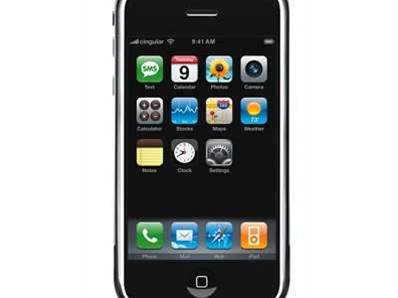
"There are serious problems with the design and implementation of security on the iPhone," said the company in a paper on the hack.
"The most glaring is that all processes of interest run with administrative privileges. This implies that a compromise of any application gives an attacker full access to the device."
The exploit uses a web page with malware built in that can access the phone via the Safari browser. This can either be used to force the phone to send out personal information stored in its files or to take control of the device and make it place outgoing calls to other numbers.
"Unfortunately, once an iPhone application is breached by an attacker, very little prevents an attacker from obtaining complete control of the system," the team report.
"Additionally, no address randomization was used in by the operating system. This means that each time a process runs, the stack, heap, and executable code is located at precisely the same spot in memory. This helps attackers write reliable exploit code."
Experts have already warned that the phone may be as insurance as a PC because of its powerful operating system and problems have already been reported with the dialler software.
Matt Bancroft, VP of mobile device management company mformation said, “All mobile phones are becoming more powerful - the iPhone is really a sophisticated mini computer.
"As we get more powerful mobile devices, it is inevitable that we will get more security issues and threats to mobile devices. The key is to manage the device once it is in the hands of the user. Being able to update or patch the security and applications over the air in an ever changing environment is the way forward."

_(22).jpg&h=140&w=231&c=1&s=0)
_(20).jpg&h=140&w=231&c=1&s=0)





_(26).jpg&w=100&c=1&s=0)

 iTnews Executive Retreat - Security Leaders Edition
iTnews Executive Retreat - Security Leaders Edition












_(1).jpg&h=140&w=231&c=1&s=0)



